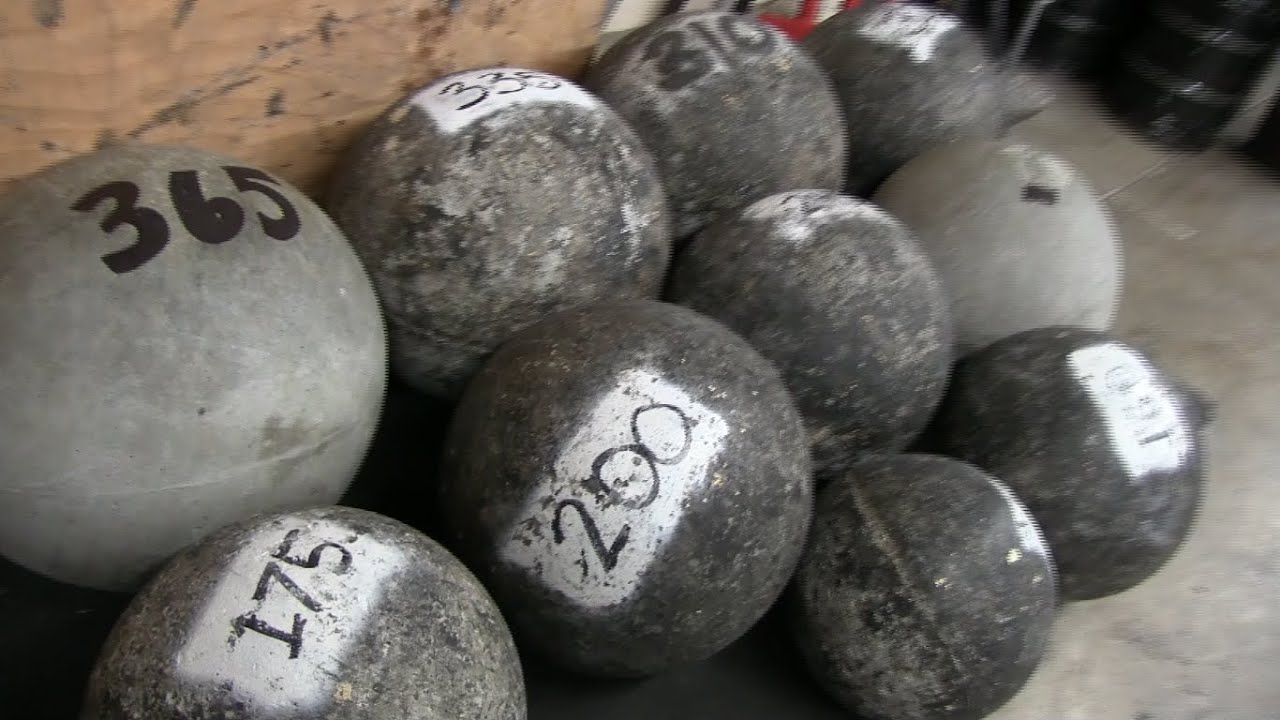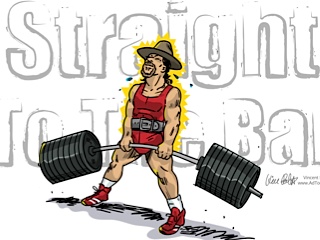
This month, Run To Win and Straight to the Bar will be looking at the many possibilities when it comes to home-made training equipment. This week, I’ll be looking at the two basic ways to make your own clubs.
Clubs are wonderful things. If you’ve ever tried sledgehammer levering, you’ll be familiar with the concept – a heavy, unstable weight held at a distance; and moved under control. Different tool, similar feeling.
Of course, clubs are used for much more than that. For a peek into their history, and to get an idea of how they are used, take a look at these sites :
- The Secret World of Indian Clubs
Tom Black. - Treasures in the Attic [504kb, .pdf]
From the January 2002 issue of Tae Kwon Do Times.
Making your own clubs
The fun – from my point of view, anyway – also comes from the creation of the equipment. I love being able to use gym gear that I’ve made; it’s a particularly satisfying feeling. When it comes to clubs, the thinking’s no different. Here’s how to make your own clubs.
The Equipment
Before you head down to the nearest hardware store, consider this : there are two basic techniques for making your own clubs – each with their own parts list. Here are the details.
Filled
The first technique involves filling a plastic toy club with a heavy material (usually sand, cement or lead shot). To do this you’ll need :
- plastic toy club (hollow), usually available cheaply at bargain stores and service stations
- small bag of sand, cement or other heavy, granular material (if you’ve ever made a sandbag, grab the same stuff – works well)
- tube of plastic-friendly glue
- grip wrap or duct tape
The assembly process is fairly straight-forward. Cut a small circle in the base of the club’s handle, insert a funnel and slowly fill it with the sand or cement. When the club is almost filled, swing it about a bit to compress the sand/cement at the top.
Remember to plug the hole you’ve just made (using a plastic-friendly glue).
To make the handle a little less slippery, add some duct tape or the wrap used on cricket bats and tennis rackets. If you made the nunchaku, it’s the same stuff.
The final weight of the club can be easily adjusted using ankle weights. Just slip them over the handle and push them up as far as they’ll go.
Tubing
The second technique involves making the club from scratch, using various lumps of metal and a bit of duct tape. Personally, these are the clubs I favour.
The parts list will depend on the size and weight of your intended club. To make the 9lb club shown in the video below, you’ll need :
- 1.5″ x 12″ nipple
- 2″ cap
- 2″ x 10″ nipple
- 2″ to 1.25″ reducer
- .75″ to 1.25″ bushing
- .75″ x 12″ nipple
- .75″ cap
NB : if you’re unfamiliar with the term ‘nipple‘ in this context, it’s just a length of pipe with a screw thread at each end.
Once the club is assembled, tape up the handle if desired. Once again, grab the duct tape or grip wrap.
To adjust the final weight of the club, either fill it with a fairly course material (tyre balance weights are ideal – and usually quite inexpensive) or add ankle weights as before.
Here’s a great video showing this process in action :
What do you do with them?
Once you’ve assembled your clubs, you may be wondering just what to do with them. Here are a few ideas :
- The Barbarian Squat
- Clubbell Swipe Tutorial (streaming video)
- Clubbell Mills (streaming video)
Final thought on Making Your Own Clubs
As with any home-made piece of equipment, it’s always great to see how other people are doing things. Once you’ve got your club assembled, post a pic to the Flickr group. Alternately, put a quick video on Youtube. Leave a comment below to let us know where it is.












0 Comments
Trackbacks/Pingbacks